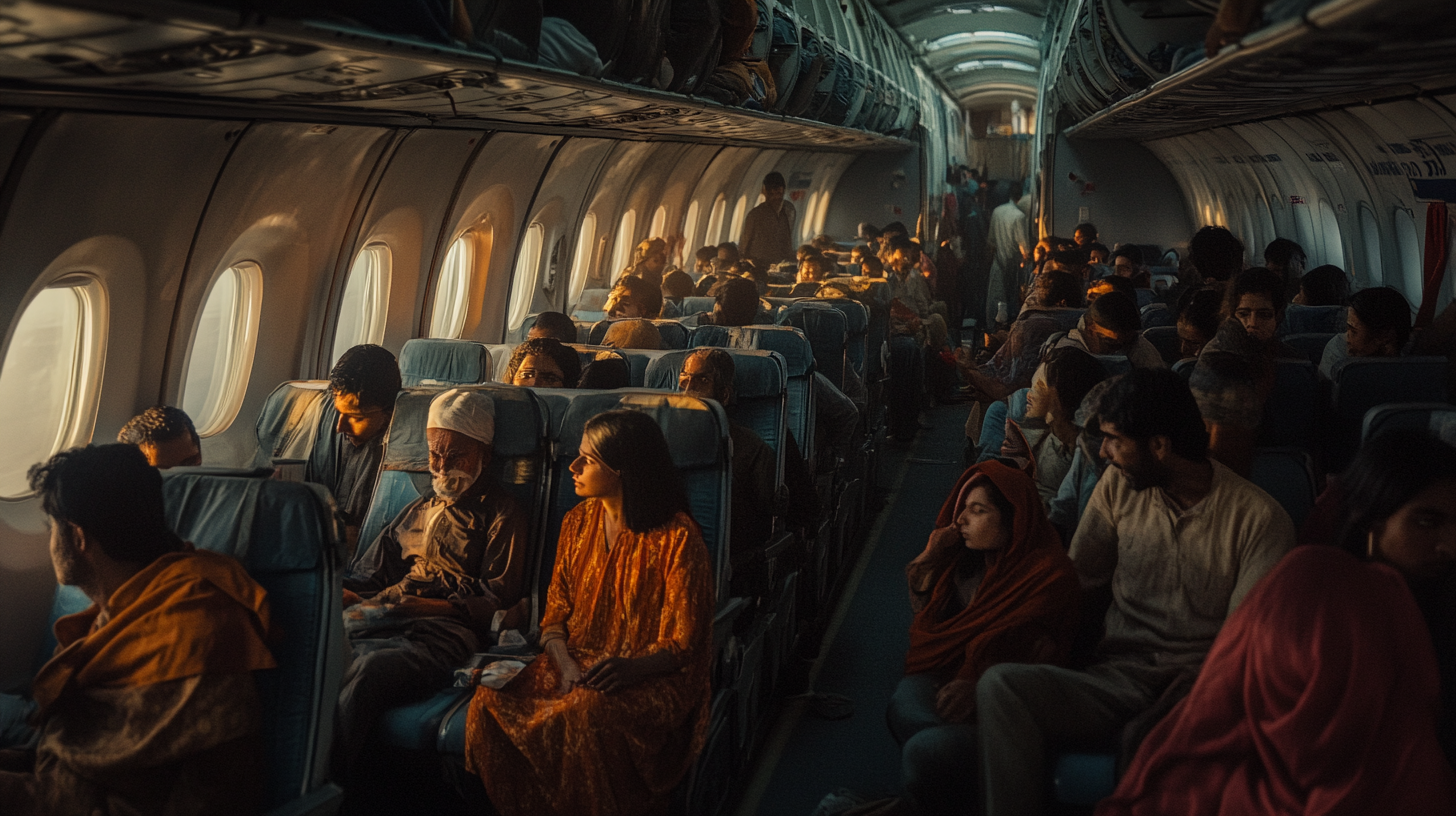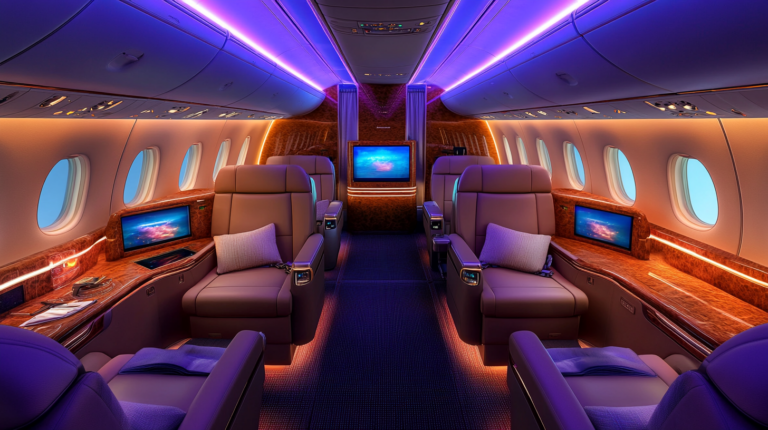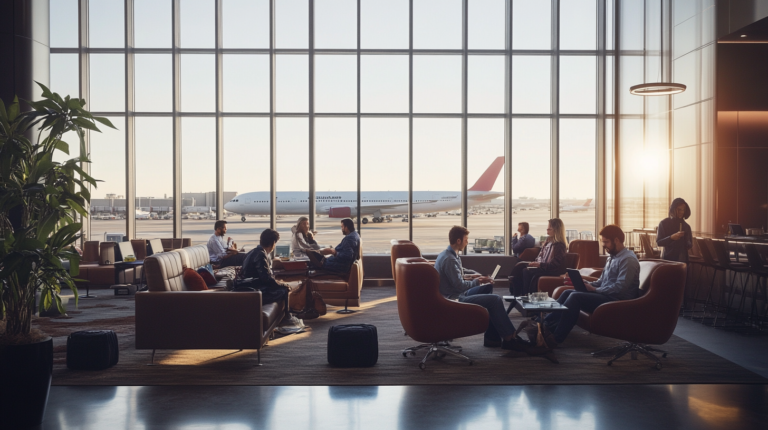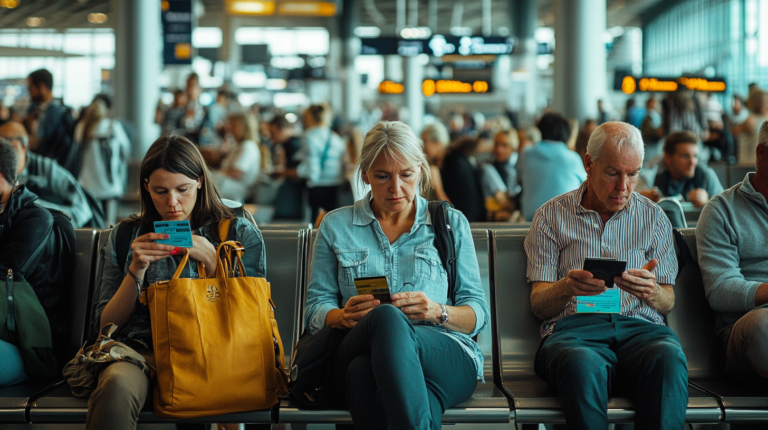Picking the Safest Seat: A Frequent Flyer’s Perspective
Why Safety Starts Before Takeoff

Flying might be one of the safest ways to travel, but I’ve learned that a big part of that security starts well before the captain’s voice hits the PA system. Pre-flight checks are meticulously run by airline crews to ensure everything from engine condition to cabin pressure is in tip-top shape. In my own travels, I’ve noticed how seriously flight attendants take these procedures—especially when they politely yet firmly run through the safety demonstrations. According to the U.S. Department of Transportation, continual pilot training and mandatory rest periods have further strengthened the overall safety net in commercial aviation.
In 2016, U.S.-certified scheduled airlines recorded zero fatalities, and 2023 went down as the second safest year on record. These snapshots highlight the extraordinary emphasis on aviation safety, which has evolved over decades of learning from past incidents and improving technology. Today, new aircraft are equipped with advanced sensors, emergency lighting systems, and upgraded life vests—innovations that might seem small but collectively make a world of difference.
From my perspective, the best safety measures are also the most visible. I’ve seen travelers casually brushing off standard briefings, but those instructions hold real power. Knowing how to locate and operate your seat belt, being aware of pressurized cabin protocols, and having a sense of the nearest exits can be just as critical as picking a good seat. Statistics from the International Air Transport Association (IATA) show that informed passengers have higher success rates in emergency scenarios—proof that a little knowledge goes a long way.
The Back Seat Advantage
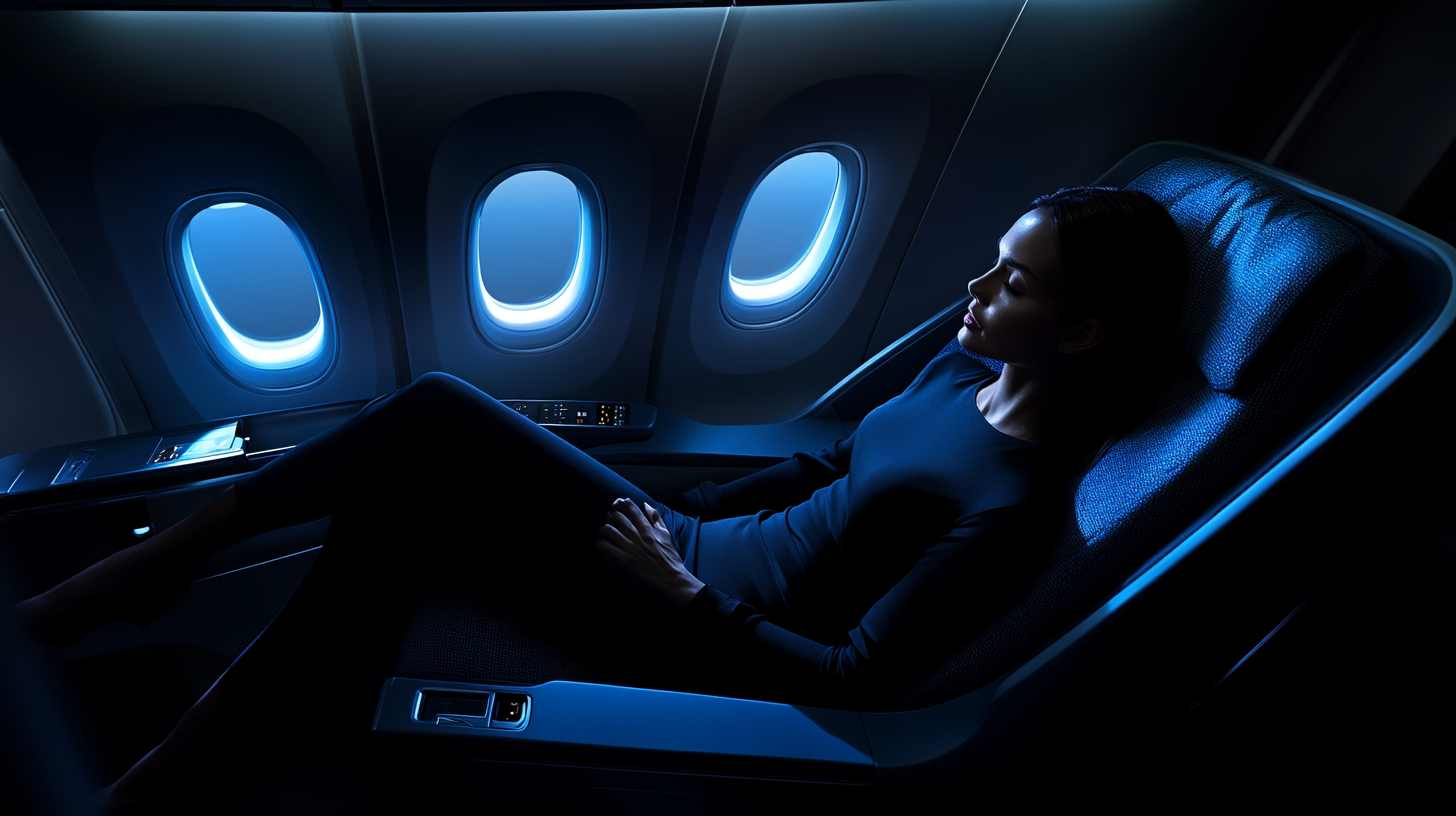
When it comes to the best seat for safety, many experts point to the rear of the aircraft. A 2015 TIME magazine analysis, examining 35 years of crash data, revealed that seats toward the back often experience lower fatality rates—sometimes around 28%—compared to those up front. I’ve talked with fellow frequent flyers who swear by this strategy, particularly those who appreciate the extra reassurance that comes from being farther from a nose-first impact.
Of course, choosing a seat in the back often means dealing with more turbulence and possibly less legroom. I’ve had my fair share of slightly bumpier rides near the tail. Yet for some, the trade-off feels justified if it offers an extra degree of safety. Some aviation insiders even mention that following certain crashes, emergency crews have been able to access rear entrances more quickly. While these scenarios remain rare, that detail can add another layer of confidence for those who like being closer to the back exit.
Still, it’s vital to remember that no single seat guarantees total protection. Flight incidents are diverse—from runway overruns to cabin depressurizations—and where you sit is only one part of the bigger picture. My takeaway: sit where you feel the most comfortable, but don’t let fear override the proven fact that air travel remains incredibly safe. If selecting those back seats grants you some extra peace of mind, go for it. Just ensure you’re also paying attention to the broader safety context.
Other Considerations Tailored to You
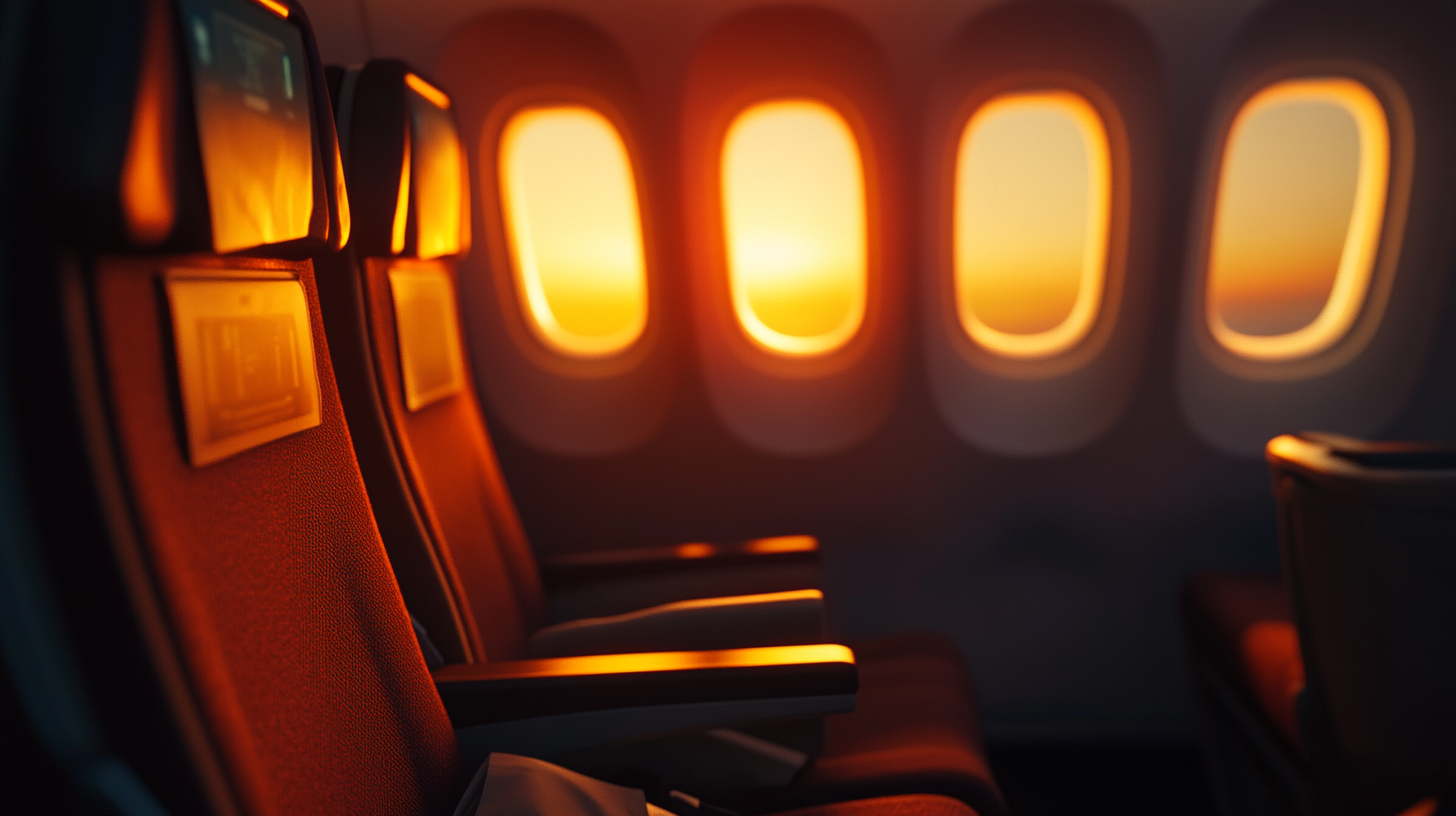
While rear middle seats might offer strong survival statistics, many of us weigh this data against personal preferences. Some travelers value an exit-row seat for the extra legroom or the quicker potential escape, while others crave the stability of seats over the wings to reduce motion sickness. I’ve experimented with both strategies depending on the airline and the length of the flight, and each has its own distinct perks.
Comfort and convenience also matter. Aisle seats give you freedom to move around, stretch out, and reach overhead compartments. Window seats provide a backdrop for scenic views—and a headrest for quick naps. If you’re traveling with family, you might choose seats together near the front for faster deplaning, especially if you have tight connections. Personal health factors also play a role; for instance, travelers with certain medical conditions might prefer easy restroom access in the back or near bulkheads.
All these considerations form a unique matrix of what goes into “the best seat.” Over time, I’ve learned to balance data with comfort and practicality. Yes, survivability stats are important, but so is enjoying your flight, especially on long-haul journeys. Prioritize what helps you remain calm, comfortable, and ready to follow crew instructions should an emergency arise.
The Bottom Line for Frequent Flyers

Even though data points to a slight edge for certain seats, accidents in commercial aviation are rare. In fact, the odds of a plane crash are minuscule when compared to other everyday activities, and each year that passes sees further advances in training and technology. According to a 2024 industry report, automated systems and modern cockpit protocols continue to drive down risk, adding to the already impressive safety record.
As someone who’s spent a good chunk of time in the air, I’ve watched how airlines race to improve each aspect of the flying experience, from cabin filtration systems to reinforced cockpit doors. Major carriers, both in the U.S. and abroad, have poured resources into everything from pilot fatigue management to more transparent safety briefings. It’s a collective effort that ensures every flight meets stringent global standards.
If you ask me, the ultimate goal for a frequent flyer is to maximize comfort, make the most of your mileage programs, and stay informed. Seat selection is worth considering, but the real magic lies in being ready, staying mindful, and knowing that the sky is generally on your side.
Final Thoughts
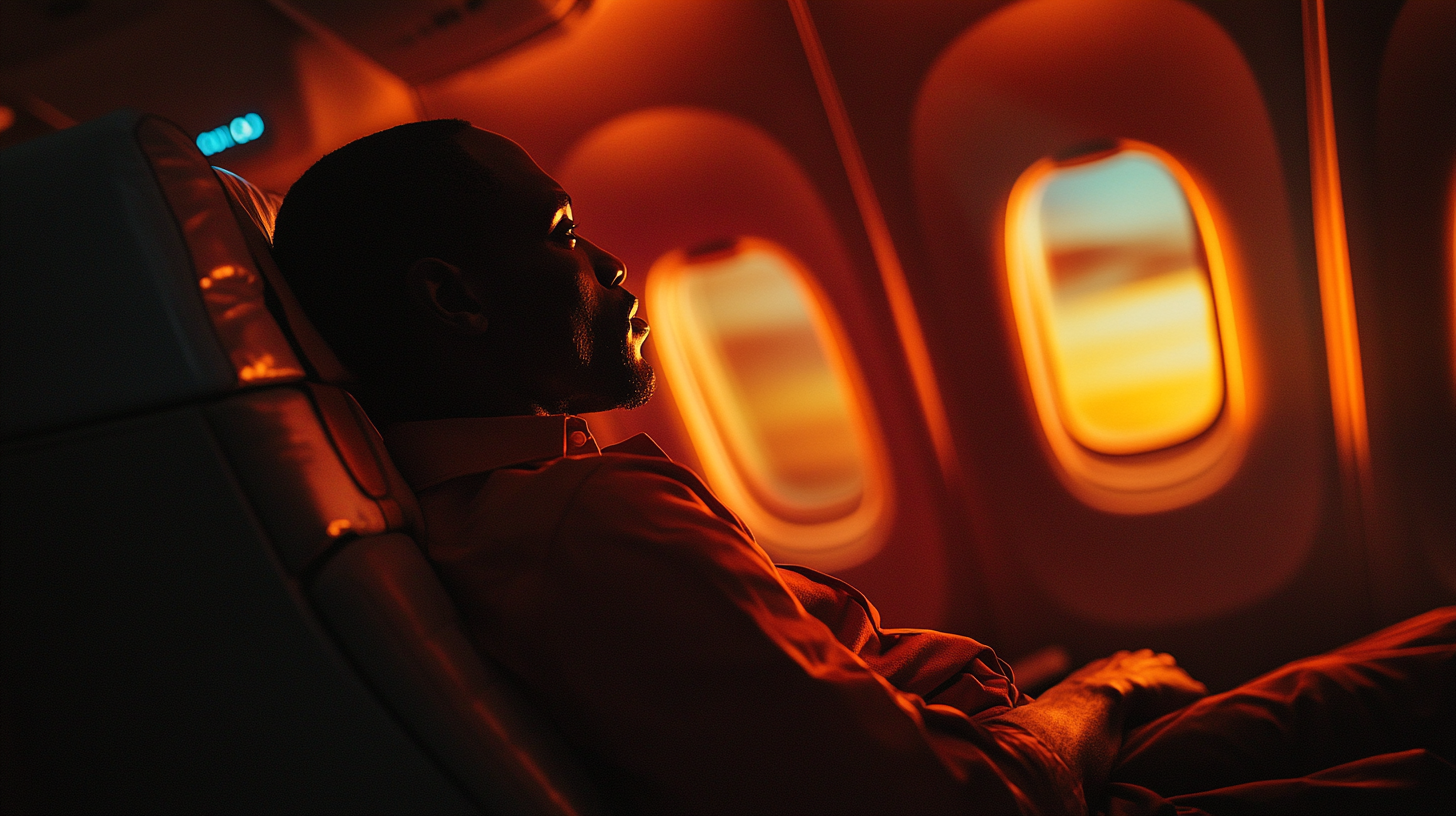
Overall, picking the safest seat is about balancing the data with your individual needs and preferences. Maybe you like the peace of mind in the rear, or perhaps you’re more focused on a quick exit, especially if you’re someone who always seems to be racing for a connecting flight. Both approaches have merit, and there’s no universal formula that applies to everyone.
As of 2025, commercial aviation continues to improve through technology, training, and an industry-wide commitment to safety. Whether you land on the back row strategy or opt for an exit row, remember that staying alert, following crew instructions, and embracing the low probability of an incident are what truly matters. One thing I know for sure: it’s always better to fly with confidence than to let fear take the window seat.
Barry B.’s Take
I’ve put these statistics to the test more times than I can count, bouncing between aisle seats for easy access and back-row corners for that sense of security. Honestly, each choice has its pros and cons—and it really depends on how I’m feeling before I board. The back might offer peace of mind, but a seat in the front sometimes helps me hit the ground running for work obligations.
At the end of the day, I love that modern aviation gives us so many options. My best tip? Know your comfort zone, stay flexible, and never skip the safety demo. It’s all part of making the skies feel like a home away from home.
Follow us back to milesBUZZ for more.

